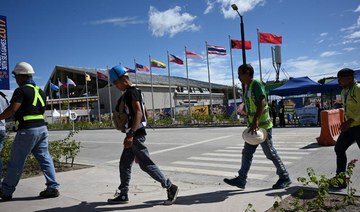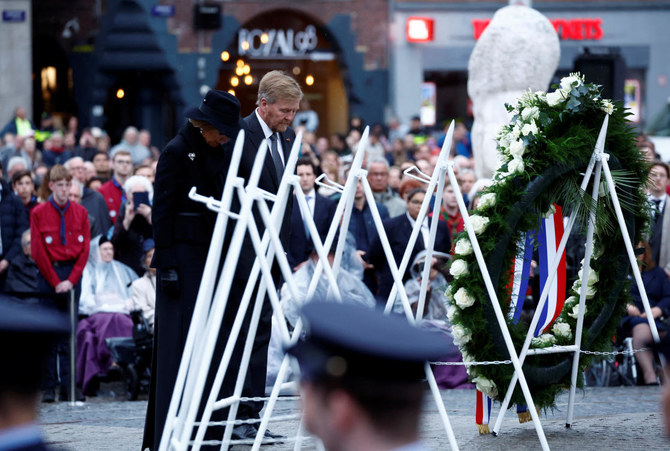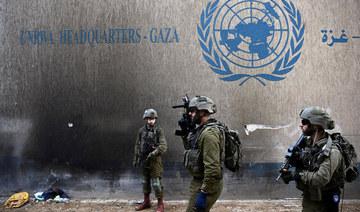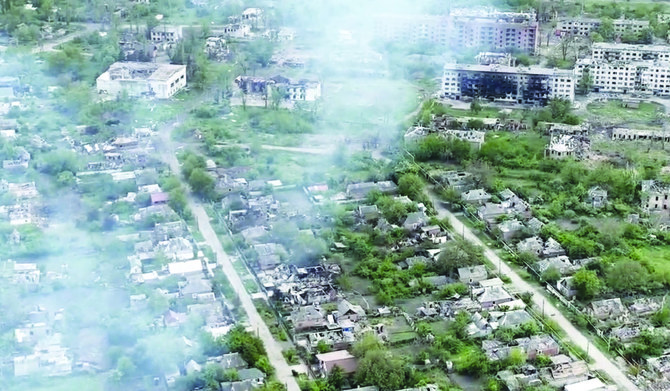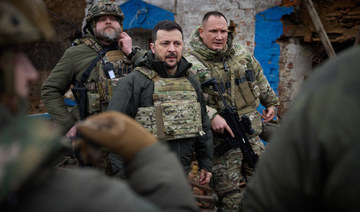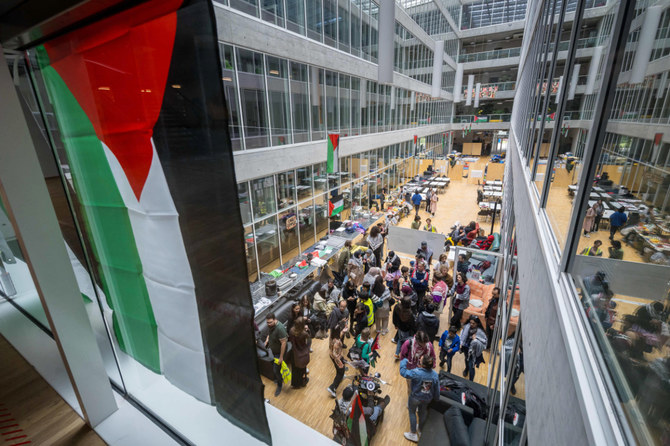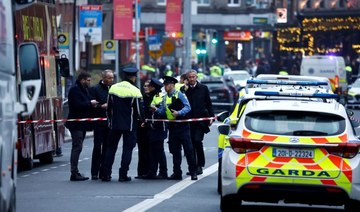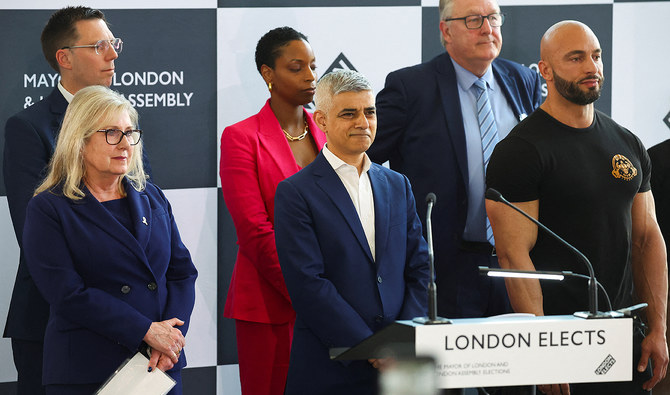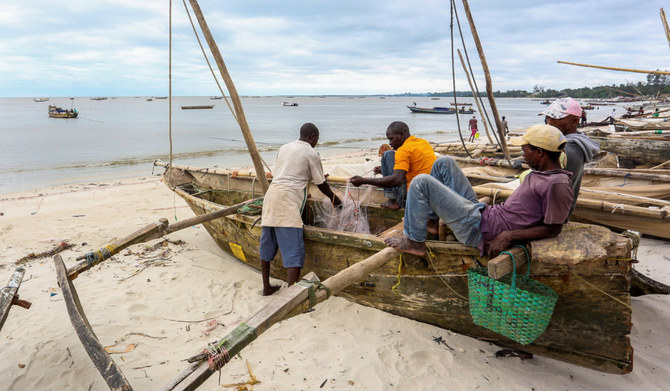MANILA: Philippines President Rodrigo Duterte issued a personal apology to foreign athletes on Friday for the logistical chaos that has marred the country’s hosting of the 30th Southeast Asian (SEA) Games as he promised a thorough probe into the matter, sparing no one, including his political allies.
In a TV interview on Friday night, Duterte expressed dismay over the confusion that greeted some of the foreign delegates on their arrival in Manila, ahead of the formal opening of the biennial meet, as well as other issues concerning the SEA Games.
The president said that “so many mishaps” had transpired, referring to complaints of transportation, accommodation and food by several of the 11 participating nations.
“To me what happened is — I’m sorry it did — but I’m really apologizing for the country,” Duterte said in an interview with CNN Philippines.
“But then again, they should know while they are still here that the government is not happy with it and that the president of the country where they are playing has ordered for an investigation. That, at least, would assuage a little bit of their displeasure,” he added.
House Speaker Alan Peter Cayetano, who chairs the Philippine Sea Games Organizational Committee (Phisgoc), a private foundation behind this year’s biennial regional event, had earlier claimed that some groups are out to sabotage the SEA Games by spreading fake news. This, amid reports of blunders and logistical shortcomings even before the regional sporting event formally kicked off.
However, Duterte said that “people can see through what’s really fake of not,” adding that “as long as the games run smoothly, things will vindicate themselves.”
He added that “there were so many mishaps, things that cropped up which were not supposed to be there.”
While saying that they may not be intentional, Duterte stressed that the issues cannot be ignored.
“You cannot just cast away all the discomfort, the sufferings of the athletes — sleeping on the floor, waiting for so many hours, getting hungry. This might really be a small matter but you just can not just flick your finger and say, it’s just a small issue. To the countries that sent them here, it’s a big deal,” he said.
“Those were not small incidents. You invite the countries to send their athletes and that happens,” he added.
According to the president, that’s the reason why he had to make a statement to let the foreign delegates know that there was a reaction from the government and an investigation to get to the bottom of it.
Asked if he was already clearing Cayetano of any wrongdoing after he said Thursday that he believes the House Speaker is not involved in any corruption on the handling of the SEA Games 2019, the president said: “No, that is just my opinion. I could be wrong.”
Duterte admits he finds it hard to believe that Cayetano, whom he has known for many years and even supported in his political career, can be involved in corruption. “I don’t think he is corrupt,” he stated.
The president, however, said: “The problem is there have been mishaps. I could not see why a fiasco could happen like that.”
On Thursday, the president announced he would create a fact-finding body to investigate the supposed mishandling of Phisgoc, which oversees the preparations and execution of the country’s hosting of the regional sports meet this year.
The investigation will look into how the $118 million funds allotted for the hosting of the 2019 SEA Games, which runs Nov. 30 to Dec. 11, were used.
“We are talking about public funds, people’s funds,” Duterte pointed out, as he assured there will be accountability.
The investigation, he said, will include even Cayetano, his losing running mate in the 2016 presidential elections.
“The investigation should process with the presumption of innocence. Then along the way if they find something wrong — either to negligence of intentional, then let it out, and sort out what will be next — whether to file charges or not,” he said.
“If it causes me and my allies to fall politically, then so be it,” Duterte said.




